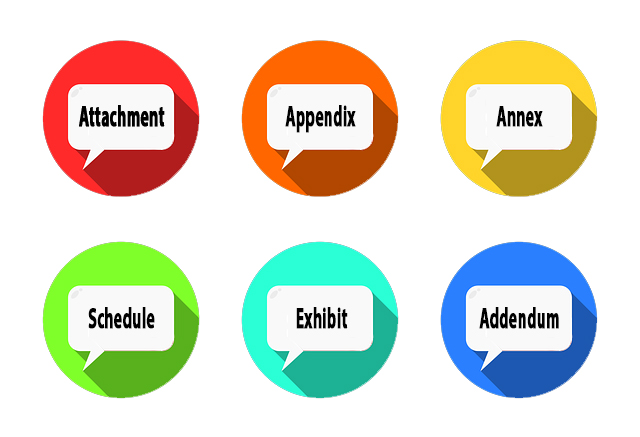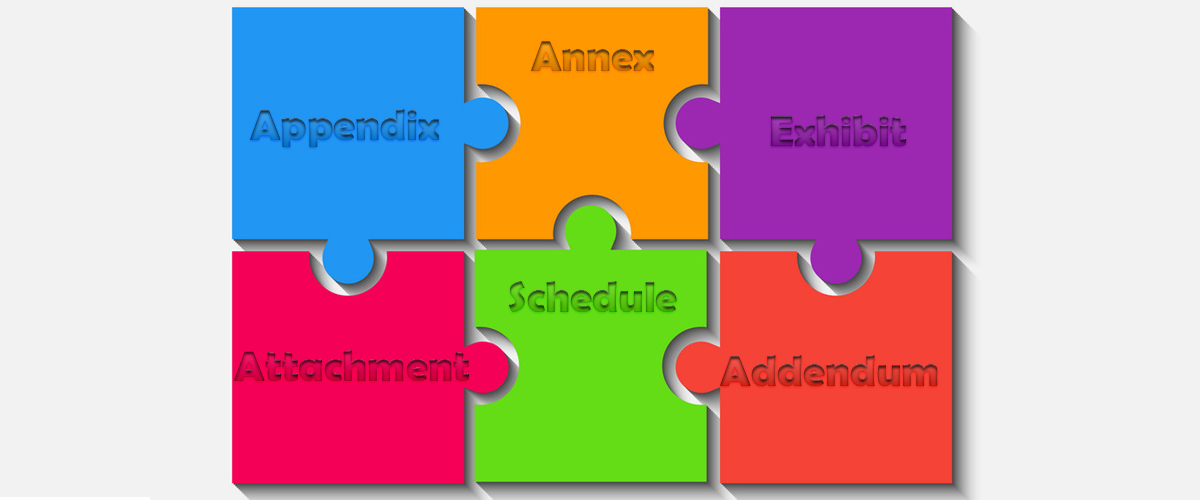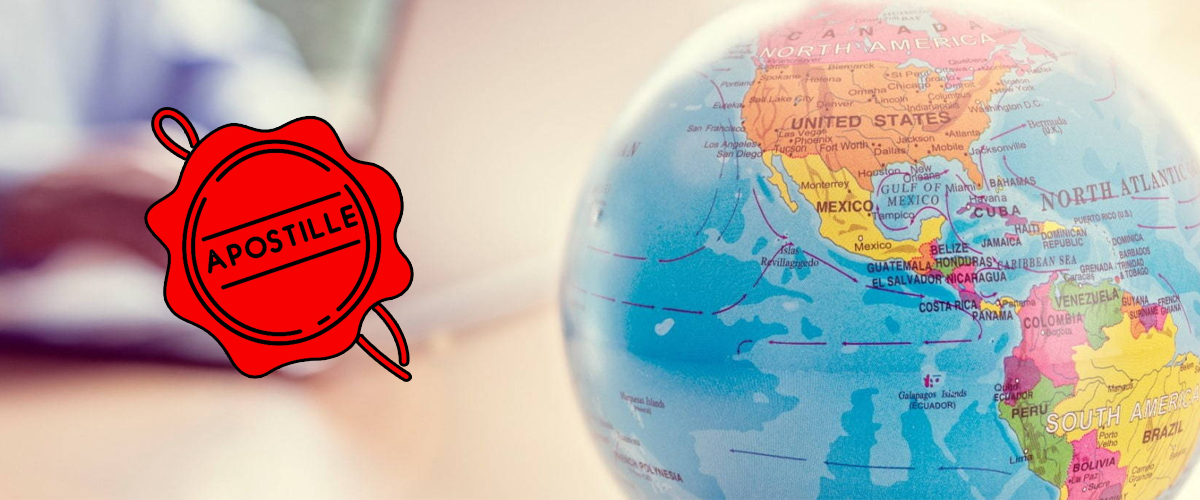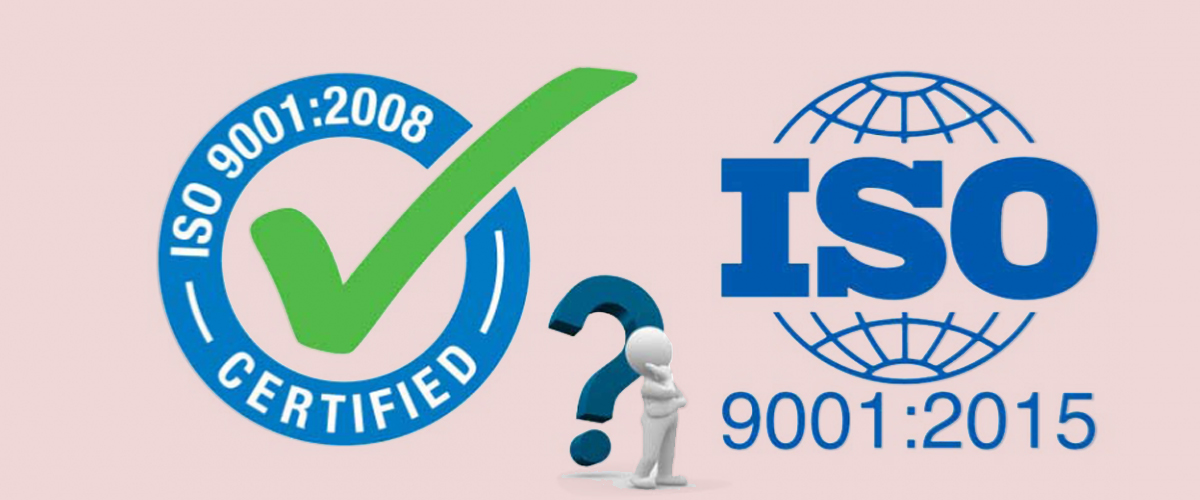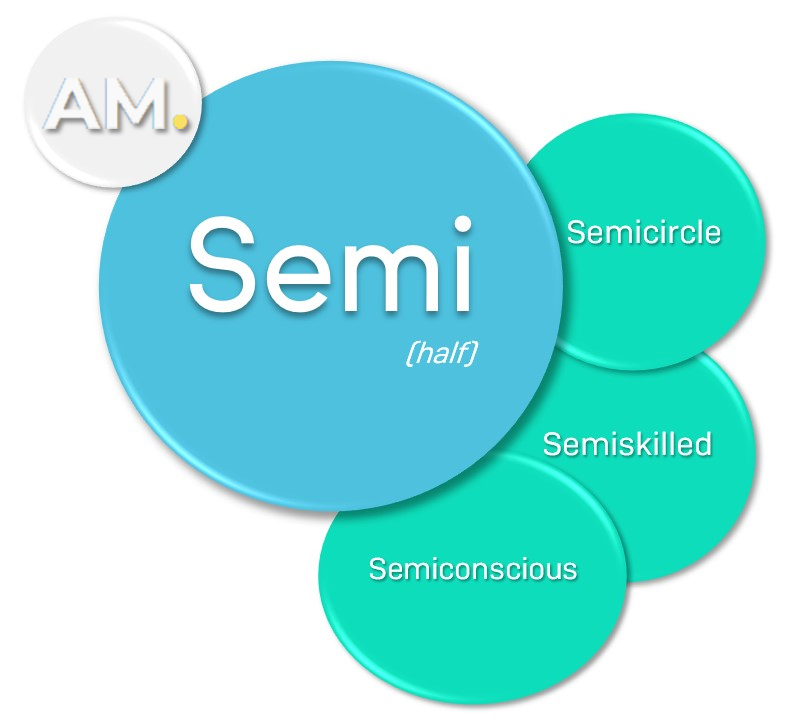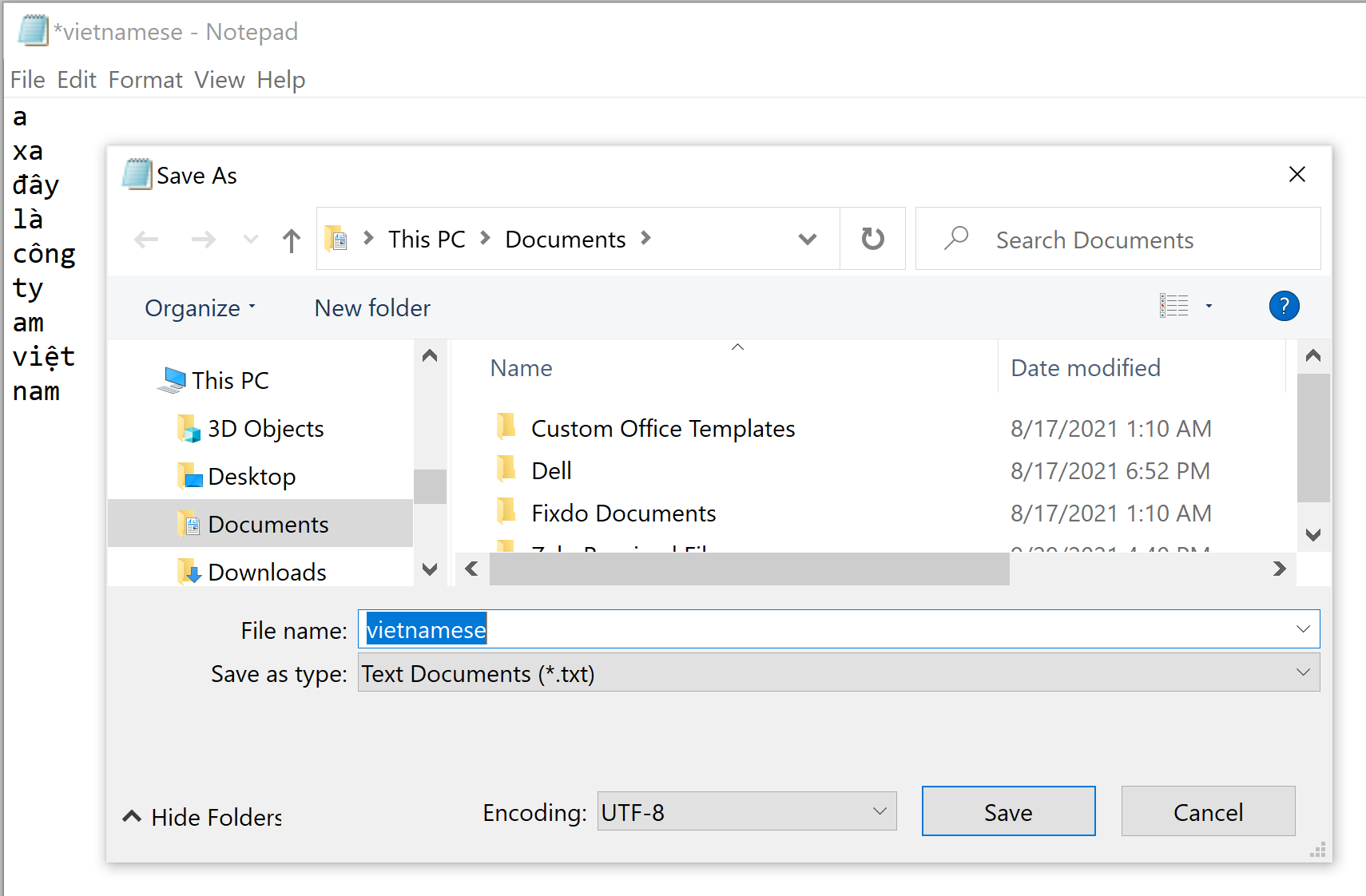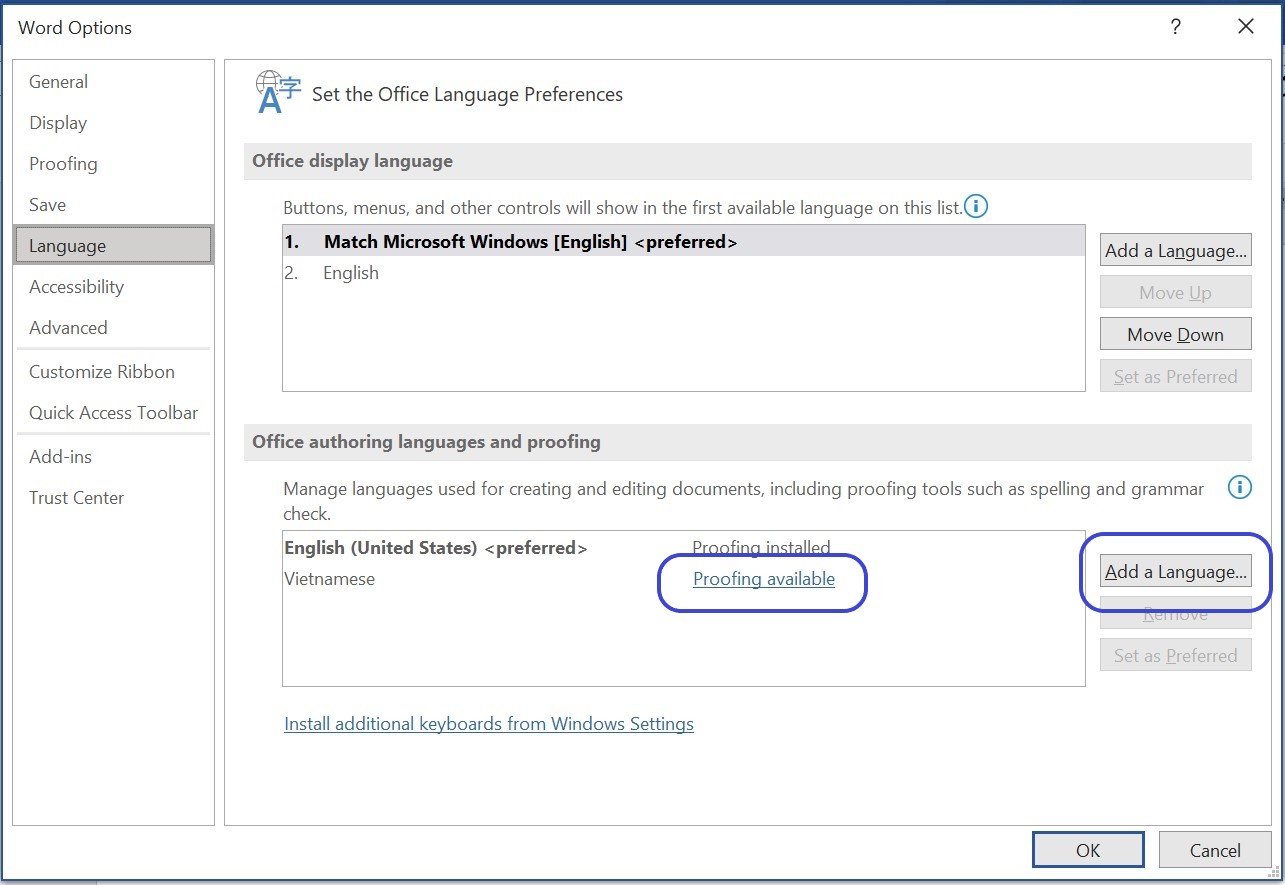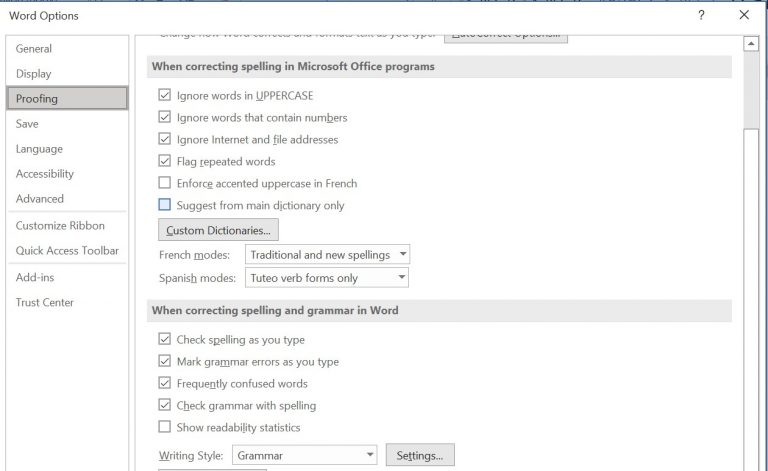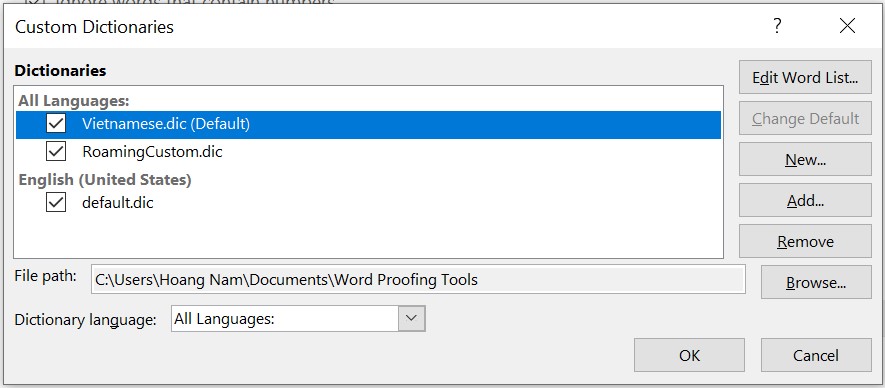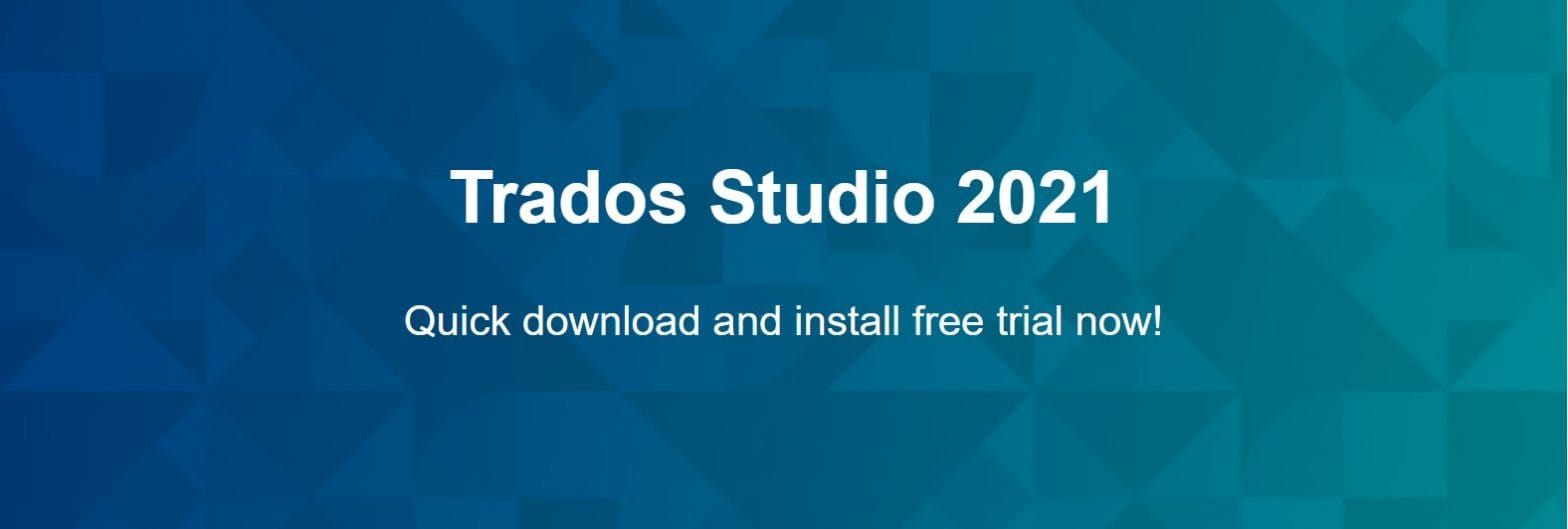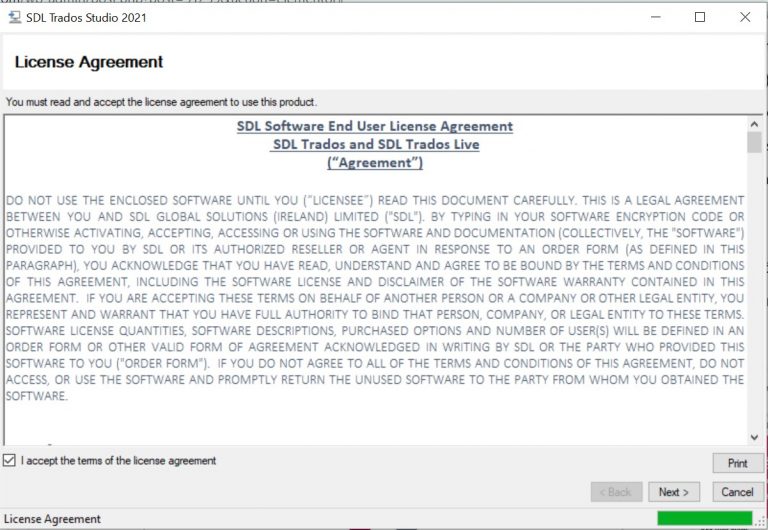The Global SEO could substantially bring a wide range of marvelous benefits for business if we are able to set up a science-based and targeted international SEO strategy. In this article, we shall refer to the most basic things. Let’s see what you can do to plan a competent international SEO strategy.
To start, it’s vital to look through and get an insight into your website.
- Check your website’s organic traffic search from other countries and different languages. You can use the essential tool like Google Analytics to analyze the number and trends of viewers as well as its conversions in terms of countries and languages.
- Evaluate the visibility of your website via organic search from other countries. Google Webmaster Tools (i.e, Google Search Console) or other SEO tools could help you to identify the most common queries and accompanying websites in the search results in countries that you have targeted before.
Based on these understandings, let’s find out the answers to these questions to set up the scale of your International SEO Strategy further competently:
- What countries or regions do you wish to target to?
- What languages are spoken in your targeted markets?
- How do you handle the website localization?
Plan the goals for International SEO
It is of vitality to envision and set up goals for any SEO strategies in general, without exception for international SEO. The specific goals and objectives shall orient and allow you to measure and improve your international SEO results during this process.
- Increase your website traffic and views: In order to help the audience in various countries find your website through the search engines that understand its values to users, International SEO could optimize your website’s traffic and views.
- Alluring your Potential customers: You can attract potential customers by the best viral International SEO approaches with regard to content, website version, web layout and design and in other aspects of your localized website.
- Increasing your business sales and revenues If you could effectively set the aims for your website performance via International SEO, you can reach your customers, especially the potential ones and offer them your business’ products and services. Finally, the use of International SEO tools on your website may help to increase sales and revenues naturally as time goes by.
Conduct market and competitors analysis
Once you do have your own International SEO objectives, you can start to research markets thoroughly as well as keep an eye on your competitors. Research on markets will reveal the favorite tastes and habits of your targeted customers and people in various countries and regions. An analysis on your competitors’ SEO strategy could help you to make a difference in every targeted market.
- Check the organic traffic on your website from different countries and languages. Let’s use the essential tool like Google Analytics to analyze the number and trends of viewers as well as its conversions in terms of countries and languages.
- Evaluate the visibility of your website via organic search from other countries. Google webmaster tools (Google Search Console) or other SEO tools could help you to clarify the most common queries as well as popular websites accordingly in the search results in countries that you have targeted before.
An insight into the keywords for each targeted market
Keywords are considered one of the most important factors in any SEO approach. Similarly, it is also true for International SEO strategy. In order to virally reach your targeted customers and people in a wide range of markets, you should have a look at specific keywords for every single market.
Find out and do research on keywords to help you know the familiar words or phrases that your targeted customers in each market often use when they search for products and services like yours. On this basis, you could start to create optimized content and webs for these keywords in corresponding languages.
In most cases, keywords should be localized accordingly, not just merely translated.
Certain keywords may sound difficult to be transformed, whilst, others could remain original and literally translated. For instance, sometimes medical or IT fields usually use English technical terms even though English is not the first language in these countries. In this case, the translation into their mother tongue does not make sense at all.
So you should understand what the local people are looking for and transform your keywords suitable to the customized localization. For example: The Mother’s Day in the United States in fact is not the same day as the Mother’s Day in Britain. While the Mother’s Day in the US falls on May 12th, it is on different date in each year in the UK. In 2023, the Mother’s Day falls on March 19th, whereas, it will be on March 10th, 2024 in the land of the Union Jack. That means users in both countries namely the US and the UK will search for presents given to their mother on different days and months in the year on the occasion.
By using such tools as Google Keyword Planner of Google Ads, you will know monthly search of keywords in corresponding markets and combine the most viral keywords into your International SEO strategy.
Language-based or country-based Targeting for International SEO Strategy?
In International SEO approach, there is no replica. That means, no International SEO strategy is exactly the same compared to another. Two separate strategies will differ from each other. What approach you should do will depend on your objectives of business, targeted customers and your resources.
Upon targeting international markets, you will have two options: either language-based or country-based targeting.
- Language Targeting: If your targeted customers or people who speak the same language but live in different countries, the language targeting is suitable. It allows you to create the content by a single language to serve multi-markets.
- Country Targeting or Geotargeting: If each country or region has their own language, the country targeting (or geotargeting) is more ideal. You will need specific website for every single country with localized content for each of them.
Let’s take one example. English could be used to target the English-speaking communities in a variety of countries and regions.
You can use language targeting to get access to English-speaking people in general and geotargeting for even different dialect areas, i.e., the English dialect spoken in the UK differ from the United States and other countries on the global scale.
Similarly, if you wish to target French speaking people, you can opt for country targeting, specifically Canada or certain African countries.
You can create English and French contents separately, using International SEO to help search engines direct users to the right version of the website.
Choose the right URL structure for international websites
Ideally, you should use specific URL to differentiate between the original version and the localized one. Each URL to the localized website the contents of which have been transformed and adjusted on the basis of the spoken language. Webmasters can employ several URL structures to target specific markets and languages.
Let’s take a look at the most popular URL structures:
Country code top-level domain, or ccTLD
If you need a website indicated for a specific country, the Country code top-level domain (or ccTLD) may be the best solution. Such domains as yourdomain.vn and yourdomain.fr will send signal to search engines, telling them that those websites will be distributed to users in Vietnam and France.
However, each ccTLD is a separate domain, this strategy is normally costly and time-wasting. Each ccTLD needs its own strategy on digital PR, content marketing and link building. You will not be able to try to buy links or domain authority from the performance out of the website or from other websites.
Global Top-level domain (gTLDs) plus subdomain
The Global Top-level domain (gTLDs) in combination with subdomain such as vn.yourdomain.com can empower geotargeting and brand identity in each targeted market. Yet, challenges arise from the complexity in technical setting and maintenance, as well as potential problems of SEO links with subdomain.
gTLD plus subdirectory
If the location of the viewers does not affect your products and services, then you can use a sole domain and take advantage of subdirectories (or also called subfolders) to keep all of your content, either sites in different language or for different countries within a single domain, e.g.: yourdomain.com/fr/.
The subdirectories are usually used by enterprises to target consumers in a multilingual market. They can be applied for a geographical area consisting of at least 2 countries speaking the same language, for instance: The parts of Europe, Africa and Latin America that French is spoken.
gTLD in combination with subdomain name and subfolder
gTLD in combination with subdomain name and subfolder (vn.yourdomain.com/vn-mx/) allows you to organize your website flexibly. While subdomain name allows more specified geotargeting, the subfolder will arrange content in the root domain.
Its benefits include advanced targeted marketing and reasonable redirecting, which enables your website to be more appropriate to certain audience. However, it is rather complicated to handle and it’s noteworthy to take into consideration certain drawbacks such as cookies sharing, considerable host resources, long URL and dilluted SEO.
With pros and cons of each type of URL structures, you should take into account your enterprise’s real need carefully as well as its estimated growth in new market(s) before making decisions
Hreflang attribute in your code – The golden key
The hreflang attribute indicates which language is being used for your content as well as which geography it is for. The hreflang attribute also helps you to avoid duplication in different versions of the website. For example: different English versions of the website are used for the United States, the United Kingdoms and Australia to target different locations.
You can implement the hreflang attribute in your HTML code as follows:
- In your HTML head of the page
- In your XML sitemap
- In your HTTP header
Upon using the hreflang attribute, please observe the best following methods:
- Reference of the whole website as well as its translated variants. It means that the hreflang attribute on each webpage shoud include a reference to all the pages that act as alternates.
- The golden rule is to use bidirectional hreflang reference
- Specify the accurate combination of language and geography
- Always remember the code: hreflang=”x-default”
- Match hreflang attributes and canonical URLs
- Use absolute URLs when specifying hreflang attributes
- Apply only one implementation method for the hreflang attribute
Build local links to your webpage
Build local links in each targeted market can improve your domain’s reputation and the visibility of your website (or web page) in the local search results. Collaborating with local influencers, guest blogging on relevant websites, and engaging in local directories are some effective ways to build local links.
For example, if your site receives a lot of backlinks from URLs ending in “.vn”, then it signals to Google that your site is relevant to the audience in Vietnam. Therefore, Google can rank your page in line with those local search results. The search results are most influenced by local links, so it’s worth spending time planning a strong link building strategy for each page.
Take advantage of social media and user reviews
Your international SEO efforts can benefit from social media and user viewers. Interaction with customers via social media platforms and stimulation of users’ reviews could empower your online visibility as well as build trust with your customers and potentials ones on multiple markets. It is of necessity to carry out strategy for management of social media and public communication. It is considered a vital factor for any successful international SEO strategy.
Avoid redirecting users to another language-targeting basing on their locations
It could have been thought at first a perfect solution, however, the automatic redirecting of visitor and/or the search tools basing on IP or browser setting will annoy our users. It can also lead to confusion to the search engines. Even in certain cases, the visitors or the search engines could never find certain contents.
Instead, indicate an alternate by displaying a banner at the top or bottom of the website with a message and a link to the suggested page.
Create localized content for each targeted market
Your aim is to assure that the published contents on the separate page for each country are customized to the local people. For example, the discussion about winter fashion trend in Japan may not sound connected to web visitors from Europe. It is the reason why we have to strive to create the contents targeted to benefit the audience in every single country.
There are a number of ways to create localized contents. One option is to hire the content creator in the corresponding language. However, this approach may be considerably costly. Another option is to ask the professional linguists to translate the original content to the targeted language. Its pros is that you can master the procedure and control it better for the possible optimal quality
Measurement of International SEO performance
Apart from a reasonable International SEO strategy, you should also measure the progress and efficiency of your International SEO performance. It will allow you to define what needs to be improved and optimize your strategy.
Organic traffic
You can be able to monitor the number of organic visitors from specific country in a duration of time by using such tools as Google Analytics or other SEO analytics platforms.
Keywords rankings in specific countries
You should monitor how well your targeted keywords are ranked in the common search engines in each country to optimize your localized contents.
Analysis of backlinks
You should evaluate both the quantity and quality of backlinks from domains across the countries. At the same time, you should also check their relevance and authority to know how powerful your overall website is.
Localization
You should have a look at what localized contents are being most interacted by users in each country. Furthermore, you should also realize the effectiveness of languages tags and hreflang attributes for precise targeting.
Analysis of competitors
It is important to compare your performance versus other competitors across countries. In order to do so, you have to clarify your pros and con via keywords ranking, backlink profile and organic traffic.
Bounce rates and time spent on site
You should monitor the visitors who leave your website after viewing merely one page and the time they spend on your website in each targeting country.
Conversion rate
You should measure the proportion of your website’s visitors who have completed a desire action (buying goods, filling in a form, etc.) from different countries.
By frequent monitor and analysis of these indicators, you can grasp valuable understandings about the performance of International SEO strategy. Accordingly, you can make sound decisions to optimize your website for brilliant success on the global scale.
Expansion of your influence with International SEO
The optimization of your website with regard to International SEO is of significance to expand your influence globally. A deep insight into the targeted market’s nuances along with good performance of international SEO strategy will help you to attract broad customers and the potential ones, increase the traffic and improve the conversions.
The users’ experience should be customized to be familiar with their own cultures and language. By doing this in your targeted market plus performance analysis will enable you to optimize your international SEO in the long term. Thanks to International SEO, your enterprises will be well prepared to grasp global opportunities.
